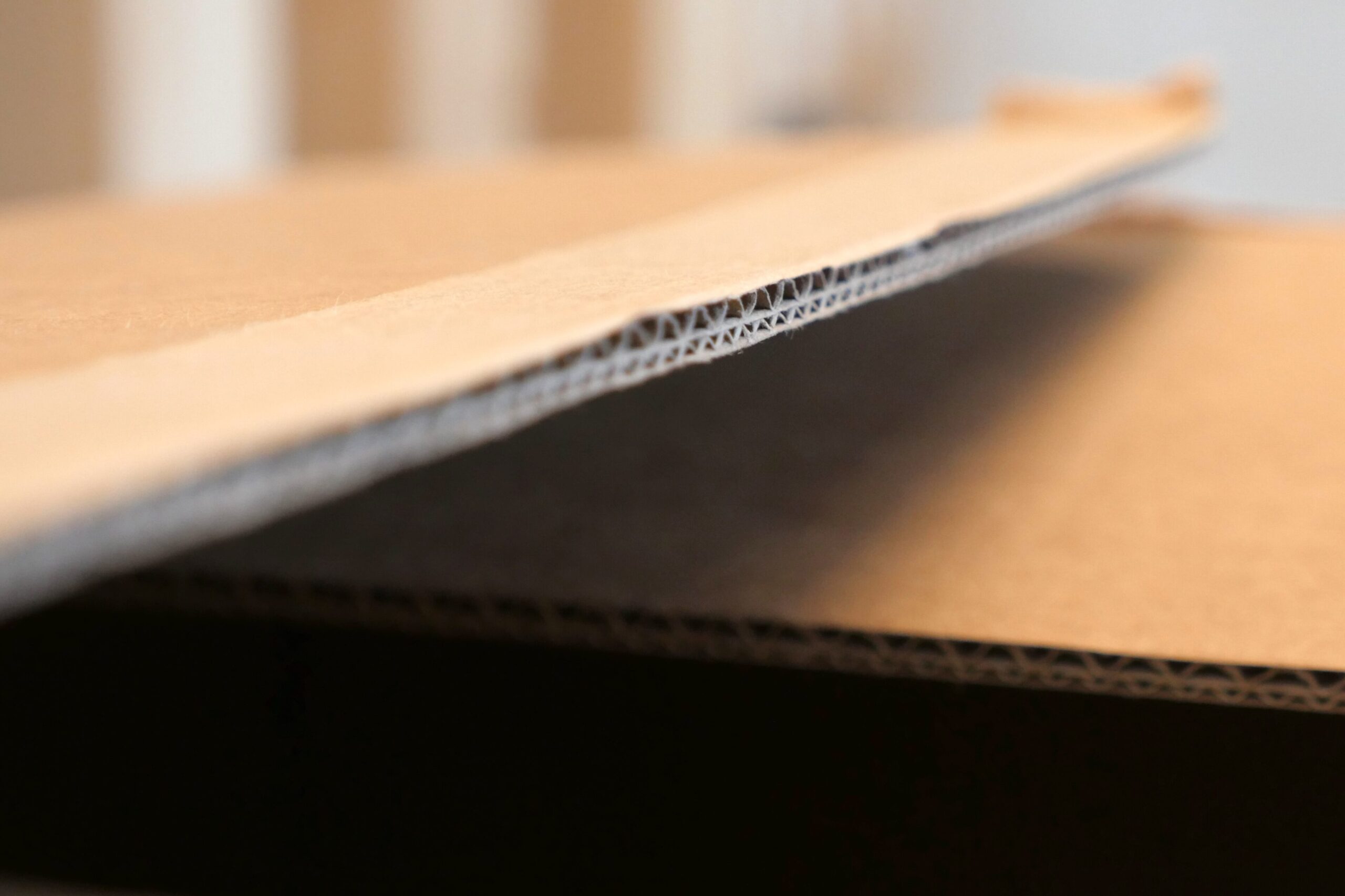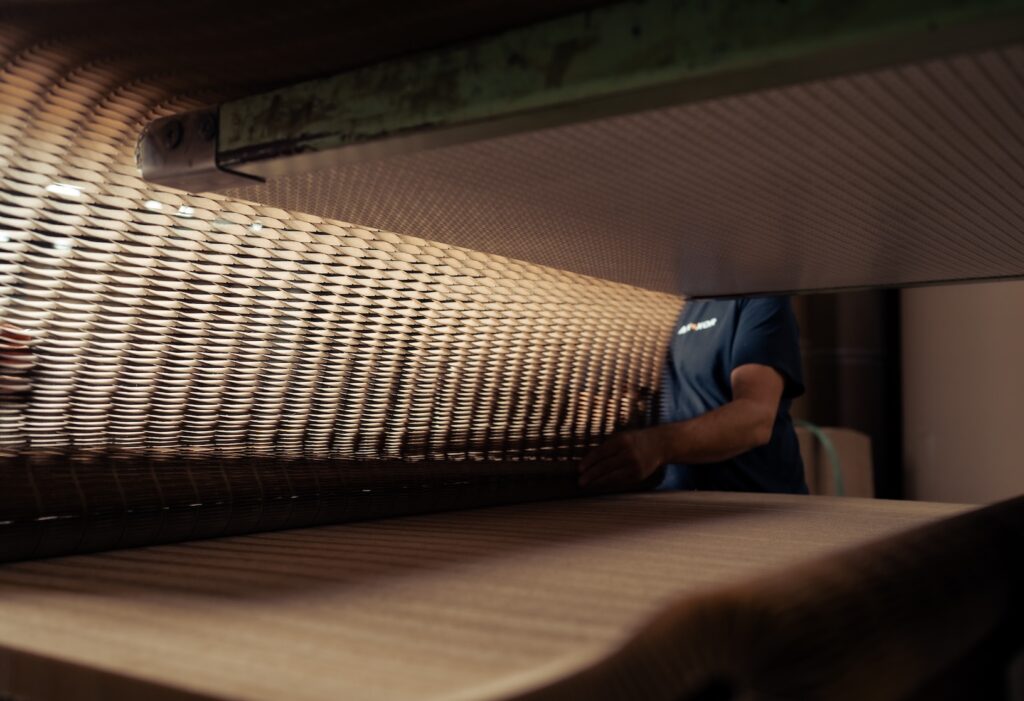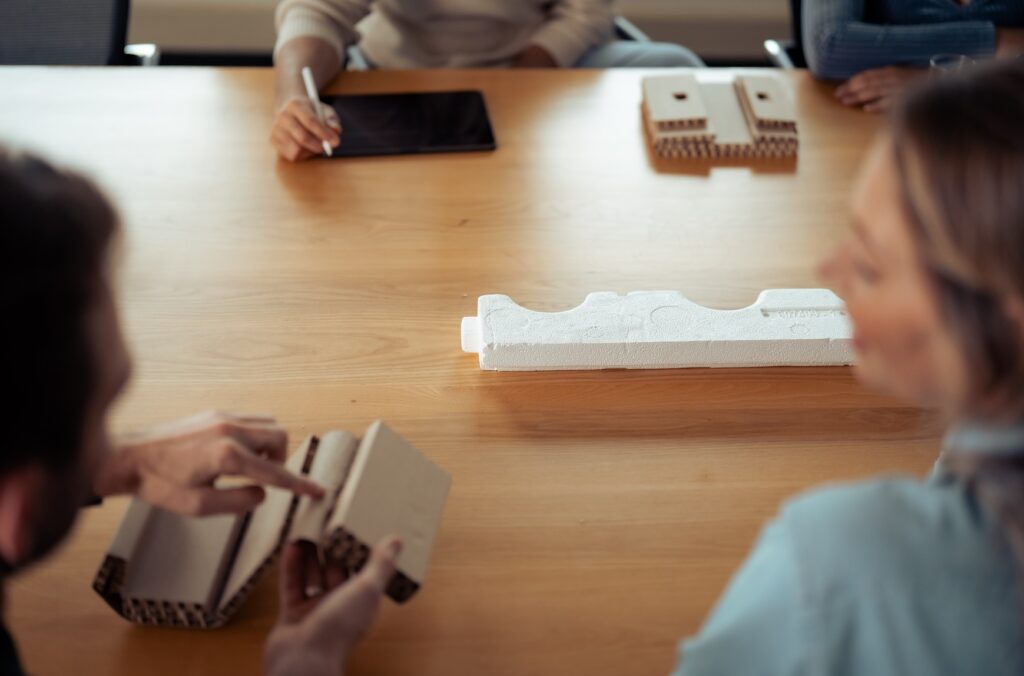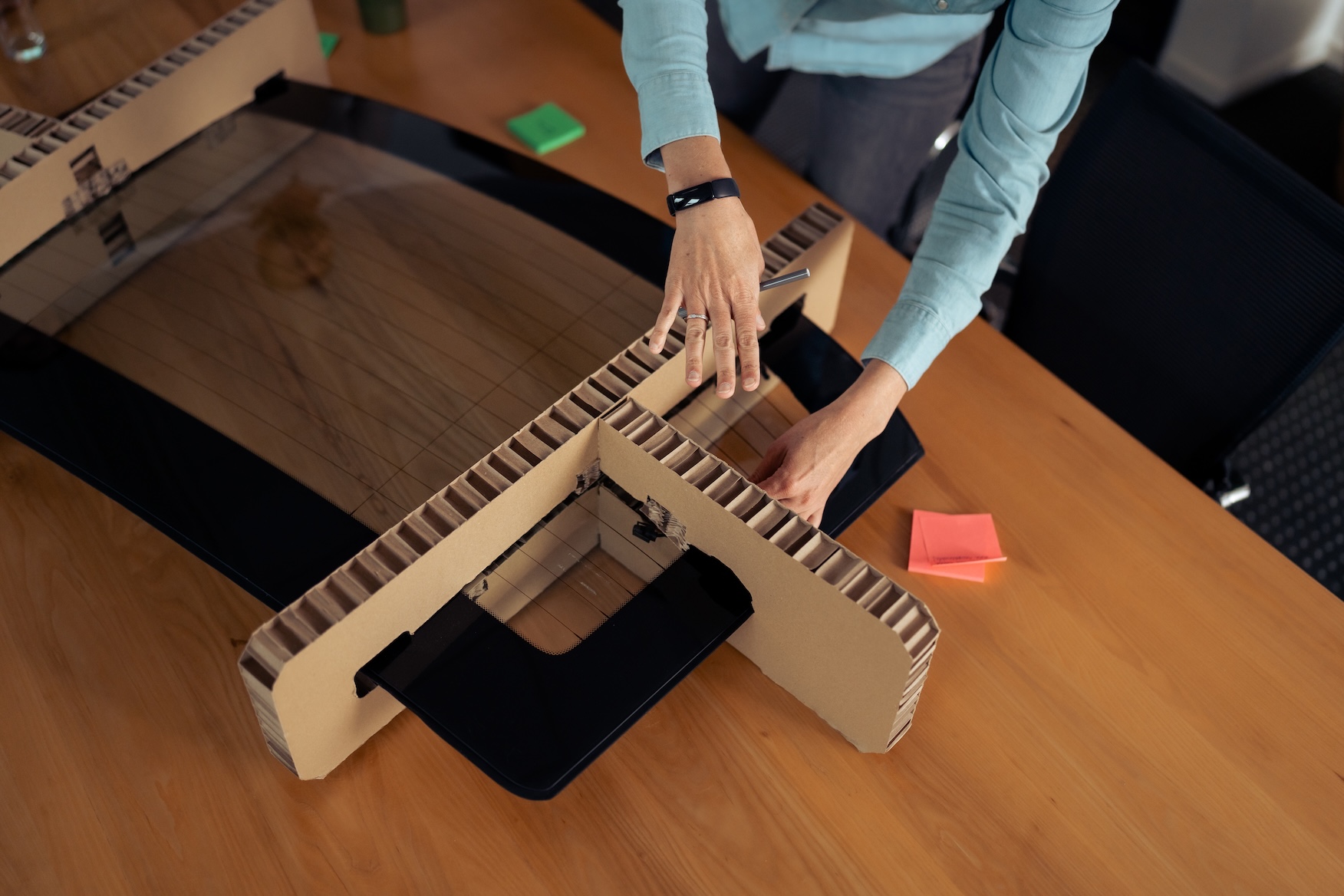Smart EPS Alternatives for Packaging Engineers and Product Designers
Expanded Polystyrene (EPS) has long been a standard in protective product packaging. Its low weight, high cushioning performance, and cost-efficiency make it hard to beat. But with growing pressure from environmental regulations, recyclability goals, and customer expectations, many packaging professionals are now exploring viable alternatives.
Below, we break down five alternative materials to EPS — including paper honeycomb core, which offers an ideal balance of strength, sustainability, and design flexibility.
1. Molded Pulp
Molded pulp (also known as molded fiber) is made from recycled paper or cardboard mixed with water into a slurry, then formed into shape using heated molds. It’s a versatile, widely used material for protective packaging — and not just for egg cartons.
It’s especially effective when packaging is high-volume, shape-consistent, and recyclability is a priority. You’ll often see it in electronics, small appliances, medical devices, and e-commerce. While not always the cheapest option upfront, it delivers strong value over time when optimized for the application.
When it works best:
Molded pulp is ideal when you’re designing for volume, repeatable form, and recyclability — especially in small consumer electronics, small appliances, medical packaging, and e-commerce.
Strengths:
- Made from recycled paper
- Recyclable and biodegradable
- Molded to shape for good product fit
Limitations:
- Less effective under high load
- Requires treatment for moisture resistance
2. Mycelium Packaging
Mycelium packaging is grown — not manufactured — from the root structure of fungi. Agricultural waste (like hemp or corn husks) is bound together by mycelium as it grows in a mold, forming a dense, foam-like material. Once it reaches the desired shape and strength, it’s dried to stop growth and stabilize the structure.
Mycelium offers a fully compostable, natural, and non-toxic alternative to EPS. It can be molded to fit product shapes precisely, and brands use it to strengthen their environmental messaging. It’s often used in premium product packaging, where visual impact and sustainability are both high priorities.
When it works best:
Mycelium is best suited for low-weight, low-volume, or high-impact branding applications where sustainability is a primary driver. It’s not yet practical for large-scale industrial packaging, but it’s gaining traction as production methods mature.
Strengths:
- Fully compostable
- Grown to exact product shapes
- Visually distinct and eco-friendly
Limitations:
- Limited availability at scale
- Not suitable for long-term or high-humidity storage

3. Corrugated Fiberboard (Custom Inserts)
Corrugated fiberboard is made by sandwiching a fluted (wavy) paper layer between two flat liners. It’s one of the most widely used materials in packaging, and with the right design, it can be engineered into custom inserts, dividers, and structural components that replace or complement EPS.
Corrugated is available in various flute sizes and board grades, allowing for tailored performance based on load, shock absorption, or stacking strength. It’s recyclable, cost-efficient, and easy to process using die-cutting systems — ideal for modular packaging systems.
When it works best:
Corrugated works well as an EPS alternative for less fragile products, especially where recyclability, modular design, or low tooling cost matter. It performs in multi-part inserts or suspension setups, but when higher strength or rigidity is required, paper honeycomb is often the better choice.
Strengths:
- Widely recyclable
- Easy to engineer and cut to shape
- Readily available and low cost
Limitations:
- Less protective in drop testing compared to EPS
- Requires multiple layers for adequate impact resistance
4. Starch-Based Biodegradable Foams
Starch-based foams are made from renewable materials like corn, wheat, or potato starch. They’re often used as a direct replacement for EPS loose-fill (packing peanuts) or formed into sheets and shapes for cushioning. These foams are typically compostable, non-toxic, and break down safely in water and soil.
Some variants are extruded and shaped similarly to EPS, while others are used in free-form applications to fill gaps in packaging.
When it works best:
Starch-based foams are a great fit for lightweight, single-use packaging or applications where environmental perception is important. They’re not suited for structural roles or heavy-duty protection.
Strengths:
- Compostable and water-soluble
- Direct EPS replacement in some shapes
Limitations:
- Low structural integrity
- Degrades in humid environments

5. Paper Honeycomb Core
Paper honeycomb is a lightweight core material made by expanding kraft paper into a hexagonal cell structure — similar to a beehive. It’s then sandwiched between flat liner boards to create panels with high compressive strength and rigidity at a fraction of the weight of solid board, corrugated board or foam.
Honeycomb can be cut, laminated, slotted, or combined with other materials, making it highly adaptable for industrial and product packaging.
Paper honeycomb is ideal when packaging needs to be strong, lightweight, and recyclable — especially in applications where load-bearing, layer separation, or top-load protection are required. It’s also well-suited for reducing EPS use in phased transitions or hybrid designs.
When it works best:
Paper honeycomb core excels in protective packaging where structural integrity, low weight, and recyclability are key. It’s a strong fit for furniture, appliances, industrial goods, or as a reinforcement layer in EPS-based packaging to reduce plastic without compromising performance.
Strengths:
- Excellent strength-to-weight ratio
- Easy to engineer and cut to shape
- Customizable in thickness, cell size, and facing
- Fully recyclable and made from paper
- High compressive strength (up to 300 kPa)
- Lightweight: 30–100 kg/m³ depending on configuration
Limitations:
- Performs best in dry environments – requires an adjusted design for applications in highly humid environments
- Typically used in flat or panel-based designs, though 3D forms are possible using cutting, folding, and lamination techniques — just not molded like EPS.

Transitioning Away from EPS: Step by Step
EPS isn’t going away overnight. In many cases, the shift to more sustainable packaging happens gradually — starting with selected product lines, components, or hybrid designs.
Paper honeycomb core is ideal for phased EPS reduction. It can be used on its own or in combination with EPS to:
- Reinforce top-load and stacking performance
- Add structural layer separation inside boxes
- Reduce plastic volume without altering overall packaging geometry
When combining materials, it’s critical to design them so they’re easy to separate after use. If materials are glued together or difficult to disassemble, the packaging becomes harder to recycle — and may even be discarded as mixed waste. Keeping components modular improves end-of-life processing and supports your recyclability goals.
Paper honeycomb makes this easier. It’s lightweight, clean, and easy to remove from EPS or other packaging elements — making it a practical entry point for improving sustainability without compromising protection.
Was this article helpful?



